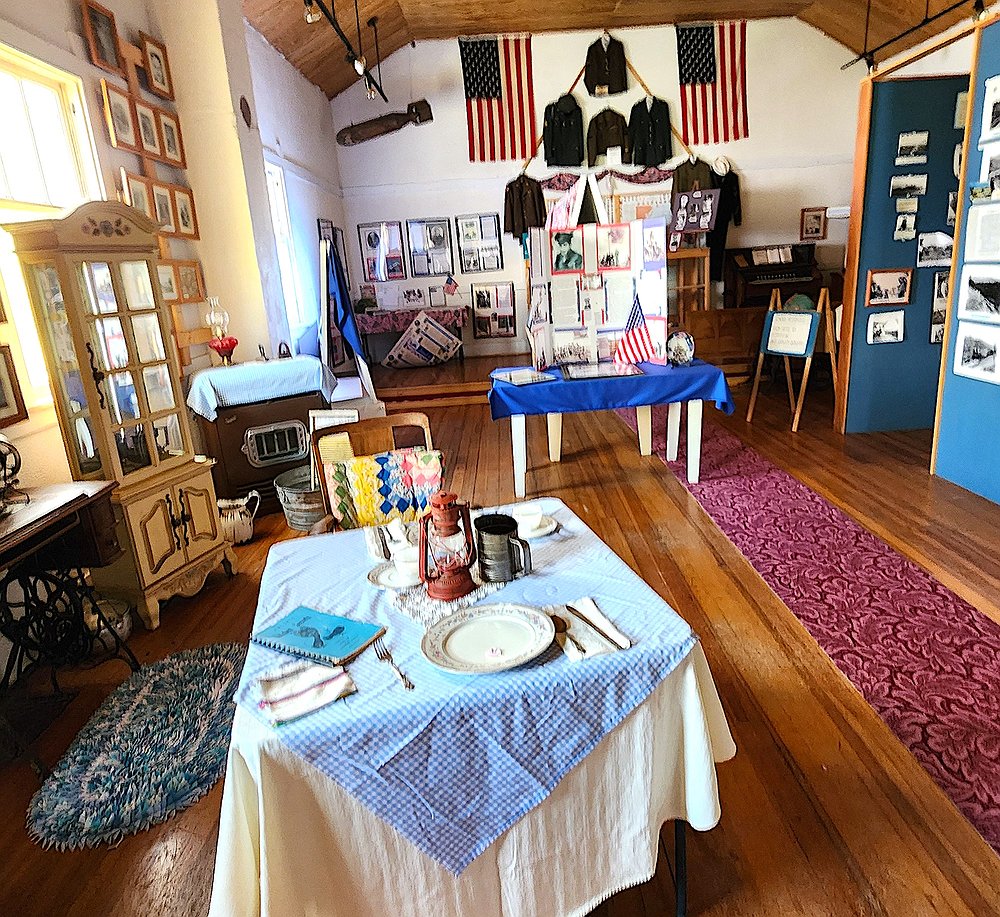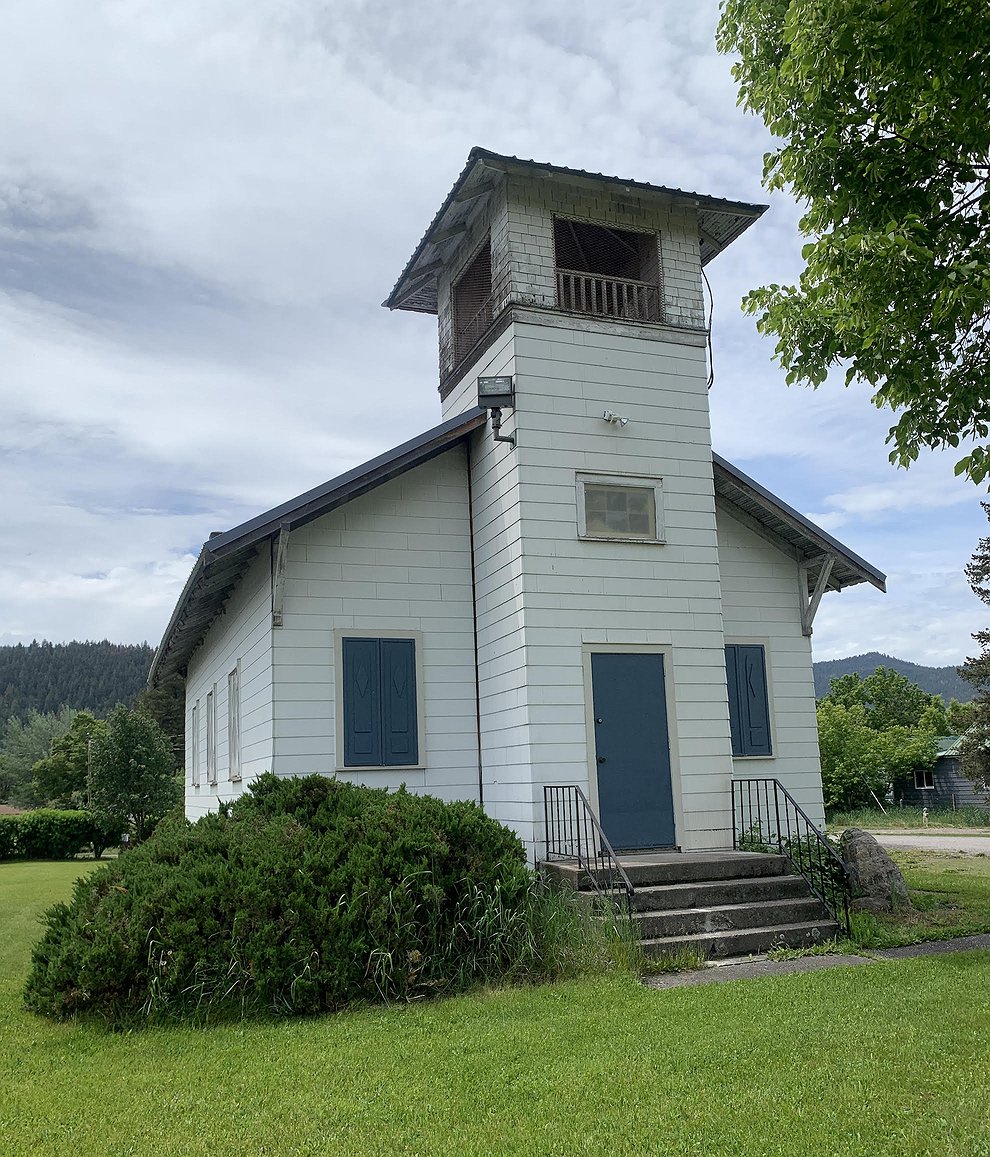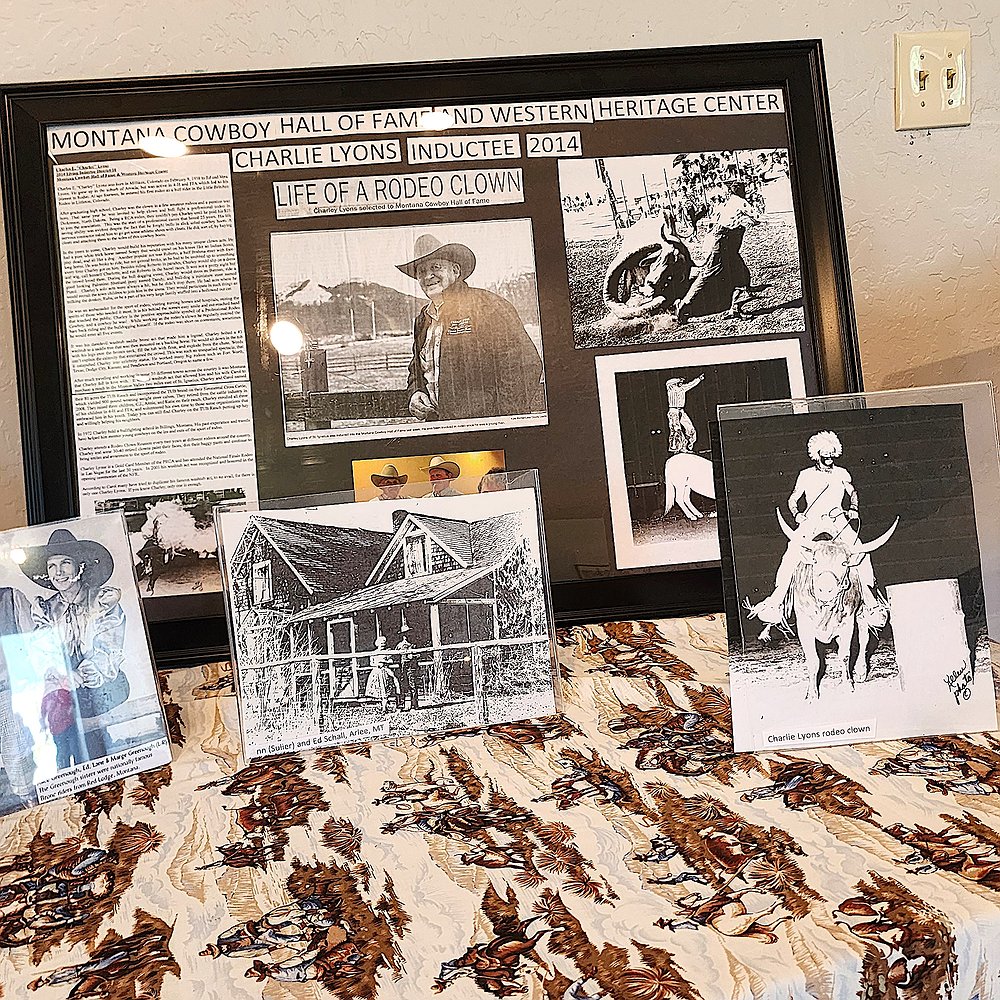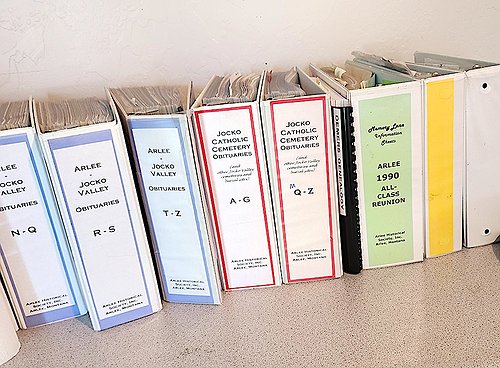Arlee/Jocko Valley Museum is a homegrown endeavor
The Arlee/Jocko Valley Museum’s former life was as a Methodist Church in Arlee. Built in 1915, the building became the community’s museum in 1990.
It wasn’t too long before this that Alvaretta Morin attended an estate sale of the Demers, a family of early settlers. Patriarch Alex Demers came to Arlee and opened his first store in 1879; he also opened a mercantile in St. Ignatius.
“People came from all over,” she recalled of the auction, “even from Spokane. They were just buying things right and left.”
Morin was already a member of the Arlee Historical Society, and it bothered her when she saw people, especially from out of state, “taking our history and leaving with it.”
So she spent the $400 she had on historical items and noticed other people from Arlee buying items too. When locals asked Alvaretta what she was going to do with the Demers belongings, she replied, “We’re going to have a museum,” although she admits to having “no plan whatsoever.”
From there, the project gained steam, aided by grants and volunteers.
First they needed a place, “because you always need a place,” Alvaretta noted. She heard that the Methodist Church might be available.
In its early years, Arlee had a very active Methodist Ladies Aid Society, which raised money to erect the church in 1915 on community land. Gradually, the congregation began to fade and the church closed its doors in 1956.
In the late 1980s, about the time the Demers auction took place, the Arlee Historical Society inquired about the building, and was told it belonged to the church conference in Billings.
According to Morin, the AHS’s position was that since the community built the church on community land, ownership should be returned to Arlee. She didn’t know what they were going to do – have a big get-together, fight, or what.
The museum’s co-founder, Cordelia Francis, wrote letters, and community members signed petitions. Finally, the conference agreed to take the AHS’s plan to their state board, which decided the matter in favor of the historical society.
The church has turned into the Arlee/Jocko Valley Museum, thanks in large part to Frances, Morin and other AHS members, their spouses, and all the people who donated photos and artifacts, gave money, paid for building supplies, mowed lawns, and donated construction and concrete work for free.
Alvaretta’s sister and her husband owned a well-drilling company in Connecticut. Montana was too far for him to bring his rig so he sent a bit to a well-driller out here and had the Montanan drill the well.
Another man fenced in the bell in the building’s steeple; apparently church bells were very desirable, and crooks were coming around and stealing them. The basement windows were protected by another volunteer who welded metal bars in place so no one could break in.
Wealth of local history
The museum’s collection includes an Old Timers Gallery with photos of early Jocko Valley residents, tribal and non-tribal. There’s also an antique pedal organ, a vintage baby carriage, a taxidermied tiny fawn and an ermine, armed forces uniforms, an old, beautifully-pieced quilt, a kitchen table, and many other artifacts and images.
Alvaretta appreciates photographs because they take up less room, but acknowledges “people like to see things.”
Now the museum has sprouted another building, right beside the original, that’s equipped with a display room and a restroom.
The addition includes fat white notebooks filled with obituaries of veterans who served in World War II and Vietnam. She’s also started pulling records for Korean War veterans. These records are kept at the museum and can be utilized for genealogical research.
The building also houses a Cowboy Hall of Fame, showcasing the community’s talented cowboys and cowgirls. There are photos and clippings of Montana Cowboy Hall of Fame inductees Billy Schall (2017), Roy King (2017), Ed Schall (2014), Charlie Lyons (2014), and Bobbie Schall (2013).
There are also photos of the famous bronc-riding sisters Marge and Alice Greenough and the fan-dancer Sally Rand, who married Turk Greenough.
Another project Morin is understandably proud of is the Veteran’s Memorial. The AHS sold bricks for $50 each to raise money for it.
The memorial – two wide concrete strips separated by an American flag – was erected in about 2005, and Brett Wetzel did all the concrete work for free. It's dedicated to the Arlee-Jocko Valley residents who served and were killed in World War II and Vietnam. They include Louis G. Charlo, Roy W. Christopher, Vernon O. Christopher, William T. Connerly, Richard Davis, Donald W. Eledridge, Warren L. Gardipe, Clarence L. Marengo, Moiese McGowan, Thomas J. McMurtrie, Robert S. Pearson, Russell A. Rasmussen, William J. Fisher, and Joseph L. Pokerjim.
“A huge amount of investigative work went into that memorial,” Morin said, adding that Robert Pearson went down with the USS Arizona, and Thomas McMurtrie was on the Bataan Death March.
“People just have to remember,” she said. “We’re ready, we’re prepared.”
Morin’s own family has deep roots in the Arlee area. She and Leroy will have been married 68 years in December. They married after graduating from high school and have five children (including triplets), 12 grandkids and 14 great-grandchildren.
History clearly matters to her. “I want people to know where we’ve come from.“
“We don’t have to make America great again, it’s always been great,” she said emphatically. “I hate that statement – it makes us sound like we’re just a bunch of duds or something.”
The Arlee/Jocko Valley Museum is open annually on the Fourth of July or by appointment.Call Morin at 406-726-3167 for information about this treasure trove of local history.











